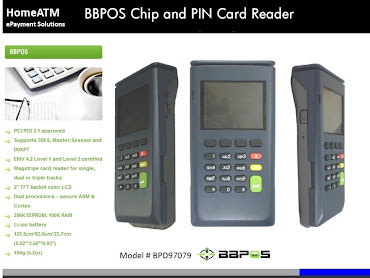Virtual Currencies Gain in Popularity - BusinessWeek

Make way, Zambian kwacha. There's a hot new exotic currency on the market, only it's not from any country on earth—at least not one in the material world.
This currency is called the Project Entropia Dollar (PED) and it's used to buy and sell goods on the planet Calypso, in an online gaming world called Entropia Universe.
The PED is among a growing number of alternative currencies changing hands in virtual worlds, social networks, and other Web sites eager to make it easier for users to spend money and carry out other transactions while online.
"We'll try to make the link between real and virtual world as close as possible," says Hans Andersson, who in March was granted a license from the Swedish government to open Mind Bank, which will exchange Swedish kronor for PEDs. The game's 1 million users now buy and sell land, minerals, and tools by depositing U.S. dollars or Swedish kronor directly into the game. Once Mind Bank opens in January, users will be able to link real-world checking and savings accounts to the virtual world. Eventually they'll be able to take out PED loans.
Andersson hopes that as it becomes simpler to transfer funds from real-world financial institutions to those that exist on the Internet, site users will spend more time and money online. The difficulty of paying for goods in virtual worlds, online games, social networks, and even dating sites has long stymied growth in what analysts see as a burgeoning market. China's virtual goods economy, the largest in the world, is worth $800 million and growing 30% a year, estimates Shaun Rein, managing director at China Market Research Group. In Second Life, one of the biggest U.S.-based virtual economies, transaction volume is expected to rise 39%, to $500 million this year, according to the world's creator, Linden Research. "Our virtual economy has been on a tear," says Tom Hale, Linden's chief product officer. "It's grown much better than the real economy. It's a wonderful, wonderful business."
Facebook: Testing Virtual "Credits"
Services such as eBay's (EBAY) PayPal and credit and debit cards provide a way for people to pay for virtual goods or site-specific virtual currencies. But many users, including teens and people in emerging economies, don't have bank accounts or credit cards.
In the U.S., 95% of teens make purchases with cash, according to the Charles Schwab (SCHW) Teens & Money 2007 survey. Of China's 1.3 billion people, only 115 million own credit cards. And many players balk at the high fees levied by financial services on the sub-$1 transactions commonplace in the virtual-goods world. "There's a new category of transactions—micropayments—that traditional players have had trouble catering to," says Michael Ting, senior director at mobile-payments provider Obopay. Visa (V) and PayPal declined to comment for this story.
Web sites view alternative payment methods as a way to accelerate the sale of the virtual goods that are an important source of revenue, especially as demand for online ads slumps. On Apr. 3, social network Facebook announced that it is testing its own "credits," which would let users carry out transactions in certain subnetworks. News Corp.'s (NWS) MySpace is developing its own virtual currency and payment system.
Continue Reading at Businessweek









Jct: Best of all, when the local currencies are pegged to the Time Standard of Money (how many dollars/hour child labor) Hours earned locally can be intertraded with other timebanks globally!
In 1999, I paid for 39/40 nights in Europe with an IOU for a night back in Canada worth 5 Hours.
U.N. Millennium Declaration UNILETS Resolution C6 to governments is for a time-based currency to restructure the global financial architecture.
See my banking systems engineering analysis at my youtube kingofthepaupers channel.
Kids could start intertrading accommodations with the mere signing of an online IOU too